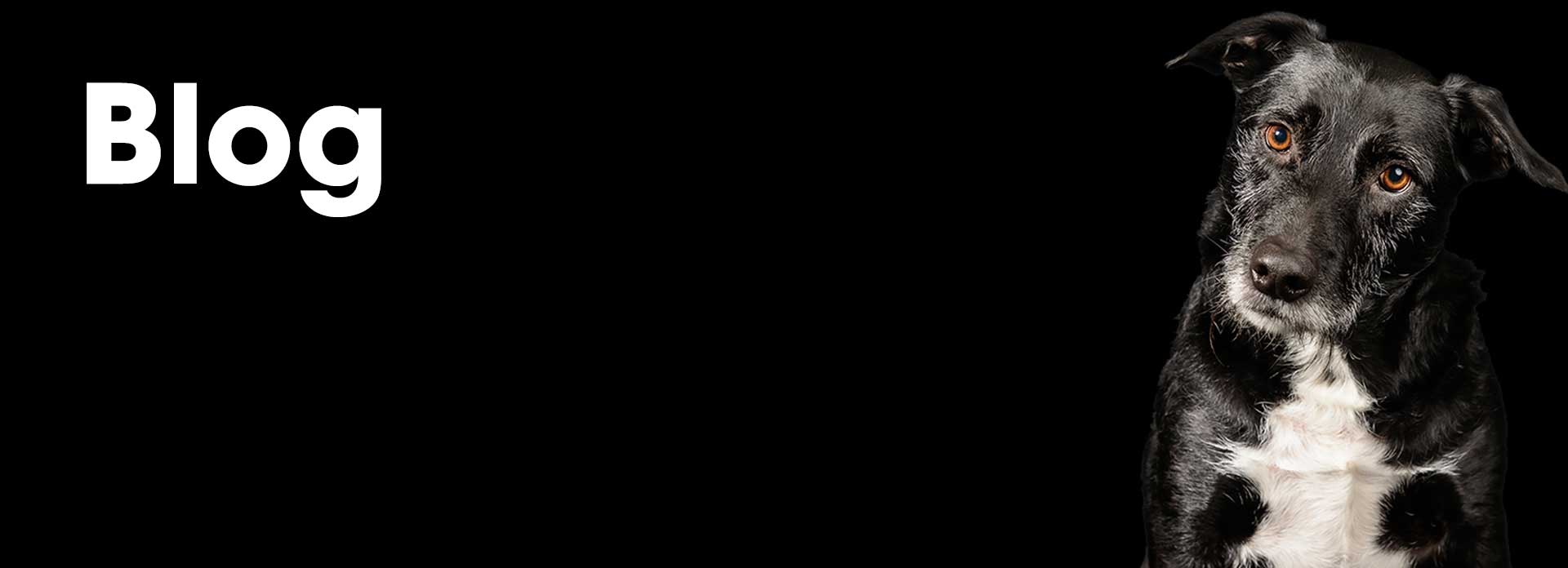By: Dr. Mary-Elizabeth Ellard, veterinarian at Atlanta Humane Society
Just as people can suffer from the pollen, so can our pets. Can you imagine the effect it has on a dog or cat who is down at ground level, walking bare footed in it and sticking their nose in everything? Like people, pets can sneeze, cough, have runny eyes and even post-nasal drip from pollen.
However most pets allergic to pollen itch. Dogs usually itch around their eyes, underarms, face, ears, groin and feet. Cats often get scabs on the face, neck or simply lick themselves bald along their body.
If you suspect that your cat or dog is afflicted with pollen allergies, make an appointment with your regular veterinarian! S/he can offer lots of affordable and effective ways to minimize the symptoms. Even over the counter antihistamines can help. Your vet can recommend the best one and correct dose for your pet. (If you’ve already tried Benadryl on your dog and think, “It didn’t work,” please think again. Most people under dose it. So call your vet for the proper amount and consider trying it again.)
Perhaps even more importantly, your veterinarian can help you make sure that it is only allergies and not something more serious. Skin allergies in pets often lead to secondary skin infections. To be sure that your pet gets all the care s/he needs, make that call to your regular vet. Make pet health a priority!
For all of us (allergic or not), the simplest way to help minimize the ill effects of pollen is simply to remove it. Even if your pet is one of the lucky ones, one who does not have a true allergy to pollen, you may still want to take these steps to protect your pet from the “green blizzard.”
1. Wash your pet’s face and feet every time you come inside from a walk or the yard. This will physically remove pollen. A tub of baby wipes by the back door works great.
2. Bathe your pet frequently in a gentle, soap-free pet shampoo. Again, this will simply remove the pollen. Make sure it is soap-free shampoo, so you don’t strip off your flea control product. Again, your regular veterinarian can recommend some good brands. S/he may even recommend a prescription shampoo to address your pet’s specific skin needs. When you do bathe your pet, resist the temptation to scrub. Scrubbing may only make your pet itch worse. Use gentle fingertip massage instead. Also wash in warm (not hot) water and rinse in the coldest water your pet will tolerate. Cold water makes you itch less; while hot water makes you itch more.
3. Avoid spending too much time outside. The weather is great, but for those who are allergic, outdoor time just increases the amount of pollen our body has to encounter.

